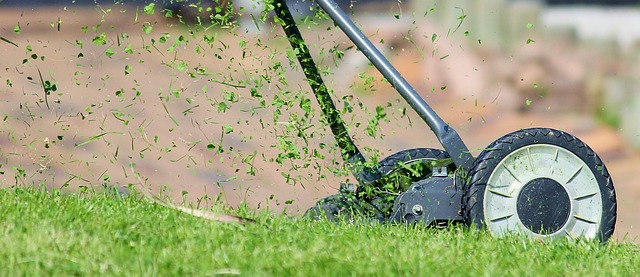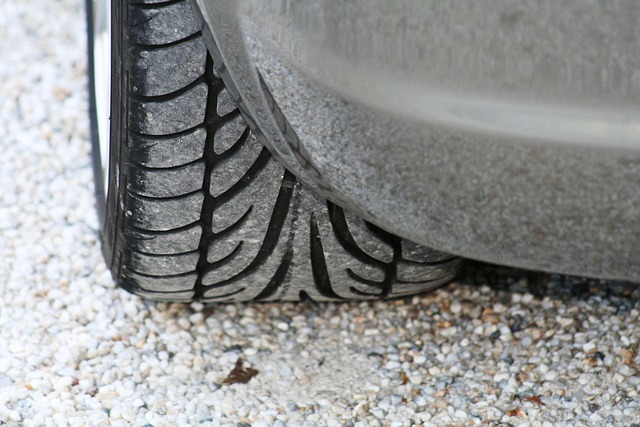Professional Tree Care: Complete Guide to Arborist Services
Professional tree care encompasses a wide range of specialized maintenance for your property's trees, from routine trimming to emergency removal. Understanding the various types of arborist services available, their costs, and when to hire professionals can help you maintain healthy trees while protecting your property investment.

Maintaining trees on your property requires specialized knowledge, proper equipment, and safety expertise that most homeowners lack. Professional arborists provide comprehensive care that extends far beyond simple trimming, offering everything from health assessments to complete removal when necessary.
How Much Does Professional Tree Cutting Cost
The cost of cutting down a tree varies significantly based on multiple factors including tree size, location, accessibility, and local market rates. Small trees under 30 feet typically cost $150-$500 to remove, while medium trees ranging from 30-60 feet generally cost $500-$1,200. Large trees over 60 feet can cost $1,200-$3,000 or more, especially if they require specialized equipment or pose safety challenges.
Factors affecting pricing include proximity to structures, power lines, root system complexity, and disposal requirements. Emergency tree removal typically costs 25-50% more than scheduled work due to the urgent nature and potential hazard mitigation required.
Finding Reliable Tree Trimming Companies
Selecting qualified tree trimming companies requires careful evaluation of credentials, insurance coverage, and local reputation. Certified arborists possess specialized training in tree biology, proper pruning techniques, and safety protocols that ensure both tree health and property protection.
Reputable companies carry comprehensive liability insurance and workers’ compensation coverage, protecting homeowners from potential accidents or property damage. Request multiple quotes and verify licensing requirements in your area, as regulations vary by state and municipality.
Professional Tree Cutting Methods and Techniques
Professional tree cutting encompasses various specialized techniques depending on the situation and objectives. Selective pruning removes specific branches to improve tree structure, reduce weight, or eliminate hazards while preserving the tree’s natural form and health.
Crown reduction involves carefully removing branch tips to reduce overall tree size while maintaining proper branch distribution. This technique requires expertise to avoid creating weak points or encouraging excessive regrowth that could compromise tree stability.
Understanding Tree Removal Costs and Variables
Tree removal costs depend on numerous variables beyond simple size measurements. Accessibility plays a crucial role, with trees near buildings, power lines, or in confined spaces requiring specialized rigging techniques and additional safety precautions.
Stump grinding typically adds $75-$300 to removal costs, while complete stump removal can cost $200-$800 depending on size and root system complexity. Some companies include basic cleanup in their pricing, while others charge separately for debris removal and site cleanup.
| Service Type | Provider | Cost Estimation |
|---|---|---|
| Small Tree Removal | Davey Tree Expert Company | $200-$600 |
| Medium Tree Removal | Bartlett Tree Experts | $600-$1,500 |
| Large Tree Removal | SavATree | $1,200-$4,000 |
| Tree Trimming | Monster Tree Service | $300-$800 |
| Stump Grinding | TreeNewal | $100-$400 |
| Emergency Services | Asplundh Tree Expert | $400-$2,000 |
Prices, rates, or cost estimates mentioned in this article are based on the latest available information but may change over time. Independent research is advised before making financial decisions.
Safety Considerations and Equipment Requirements
Arborist work involves significant safety risks that require professional expertise and specialized equipment. Chainsaw operation, climbing techniques, and rigging systems demand extensive training and experience to execute safely and effectively.
Professional arborists use bucket trucks, cranes, and specialized rigging equipment to safely remove trees in challenging locations. These tools, combined with proper safety protocols, minimize risks to workers, property, and surrounding vegetation.
Seasonal Timing and Tree Health Factors
Timing tree care appropriately can significantly impact both cost and tree health outcomes. Dormant season pruning, typically performed during late fall through early spring, promotes healthy regrowth while reducing stress on trees.
Certain tree species have specific timing requirements for optimal results. Oak trees, for example, should be pruned during dormant months to prevent oak wilt disease transmission, while fruit trees benefit from late winter pruning to encourage productive growth.
Professional arborists provide essential expertise for maintaining healthy, safe trees on your property. Understanding costs, selecting qualified providers, and timing work appropriately ensures optimal results while protecting your investment in your landscape. Regular professional assessment can identify potential issues early, often preventing more expensive emergency interventions later.




